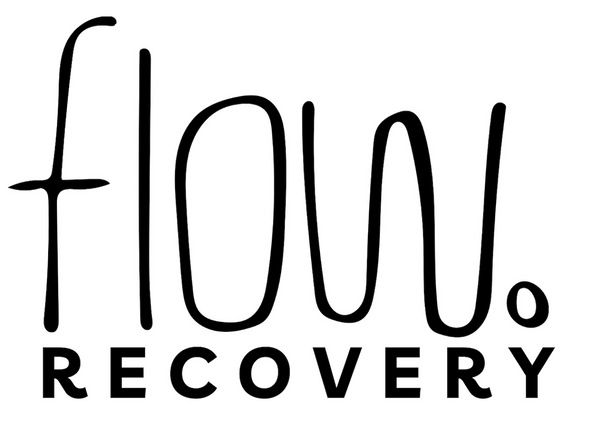Ice baths have now become a wellness trend. They're now a go-to recovery ritual for anyone seeking physical or mental rejuvenation. Whether it’s to ease muscle soreness, reduce stress, or simply feel more refreshed, people are increasingly turning to cold-water immersion. But is science on your side?
Did you know?
“A small 2023 study found that just five minutes in cold water led to a significant mood uplift, less nervousness, more alertness, and a calmer mindset.”
What Are Ice Baths & How Did They Start?
Also called cold-water immersion (CWI) or a cold plunge, an ice bath involves submerging in water typically kept between 50–59 °F (10–15 °C) for about 5–15 minutes . Originating in ancient Greece and Egypt for healing and pain relief, modern athletes, from marathoners to footballers, use them to speed post-workout recovery.
Legends like Paula Radcliffe and swimmer Michael Phelps have publicly shared how they rely on ice baths to bounce back faster.
Proven Benefits for Recovery & Wellness
- Reduces Inflammation & Soreness
Cold constricts blood vessels and slows inflammatory processes—easing muscle pain after intense exercise.
- May Reduce Muscle Damage
Studies show that regular CWI post-exercise can lower markers of muscle damage like creatine kinase, improving next-day recovery.
- Boosts Mood & Mental Clarity
Cold exposure increases endorphins, adrenaline, and noradrenaline—sharpening alertness and easing tension.
- Supports Immune Function
People immersed regularly in cold water report fewer and milder respiratory infections, possibly due to improved immune responses.
Which Ice Bath Setup Should You Try?
When it comes to cold-water therapy, the experience is just as important as the science behind it. Whether you’re easing sore muscles, calming your nervous system, or simply curious about the buzz, here are the most practical ways to make ice baths a part of your routine:
1. Portable Ice Baths: Simple, Effective & Space-Saving
If you’re new to cold plunging or just want a no-fuss solution at home, portable ice baths are a great place to start. These insulated tubs fold up when not in use, fit easily on a balcony or in a bathroom, and don’t require plumbing or fancy installation. Fill with water, toss in some ice (or use cold tap water in winter), and you’re good to go. Many are made from durable PVC or layered materials designed to keep water cold longer.
2. Traditional Bathtubs: The Original DIY Method
If you’re not ready to invest, your own bathtub works perfectly. Add a few bags of ice to cold tap water and aim for a 10–15 minute soak. It’s not fancy, but it works—and it’s where many people begin. Just keep a timer handy and step in slowly to let your body adjust.
3. Built-in Cold Plunge Tubs: For Serious Daily Users
If cold therapy is part of your lifestyle, a built-in or refrigerated ice bath tub with chillers may be worth considering. These setups regulate water temperature and often come with filters and chillers—ideal for people who want consistent, professional-level recovery at home. Think of it as the espresso machine of ice baths.
Did You Know?
According to the Mayo Clinic, cold immersion is one of several techniques that may reduce delayed-onset muscle soreness after physical activity. And yes, even a short soak can do the trick.
The Other Side: What Science Warns
1. Blunting Muscle Growth
A 2024 meta-analysis warns that CWI right after strength training may hinder muscle hypertrophy by reducing blood flow and protein absorption.
2. Risk of Hypothermia & Shock
Prolonged exposure can cause dangerous complications—make sure temps stay around 10 °C and limit time to under 15 minutes.
3. Cardiovascular Stress
Rapid cold exposure can spike blood pressure and induce arrhythmias—those with heart conditions should consult a physician first.
Pro Tips for Safe, Effective Ice Baths
- Temperature: Stick to 10–15 °C (50–59 °F).
- Timing: Ideal window is within 1 hour of training.
- Duration: Start with 2–3 minutes; gently work up to 10–15.
- Frequency: Moderate use, no need for daily plunges unless you’re a pro athlete.
-
Precautions: Have a buddy nearby, and check with a doctor if you have cardiovascular or respiratory conditions.
Should You Try It?
- Yes, if you’re seeking relief from post-workout aches, mood uplift, or immune support.
- Maybe hold off, if you're focusing on muscle gain or have health concerns.
-
Best approach: Combine ice baths with warming therapies, stretching, and consult professionals.
Final Thoughts: Smart, Balanced Recovery
Ice baths, used safely, offer a powerful cocktail of wellness benefits: reduced soreness, mental clarity, and immune support. But frequent, indiscriminate use can compromise strength gains or pose health risks.
Want a balanced recovery plan that mixes CWI, heat therapy, nutrition, and stretching? Flow Recovery’s portable ice bath and recovery tools are designed to support just that—making cold therapy accessible, effective, and easy to integrate into your daily life. Whether you’re building your first recovery routine or refining an existing one, Flow Recovery provides science-backed products to help you feel better, faster.


